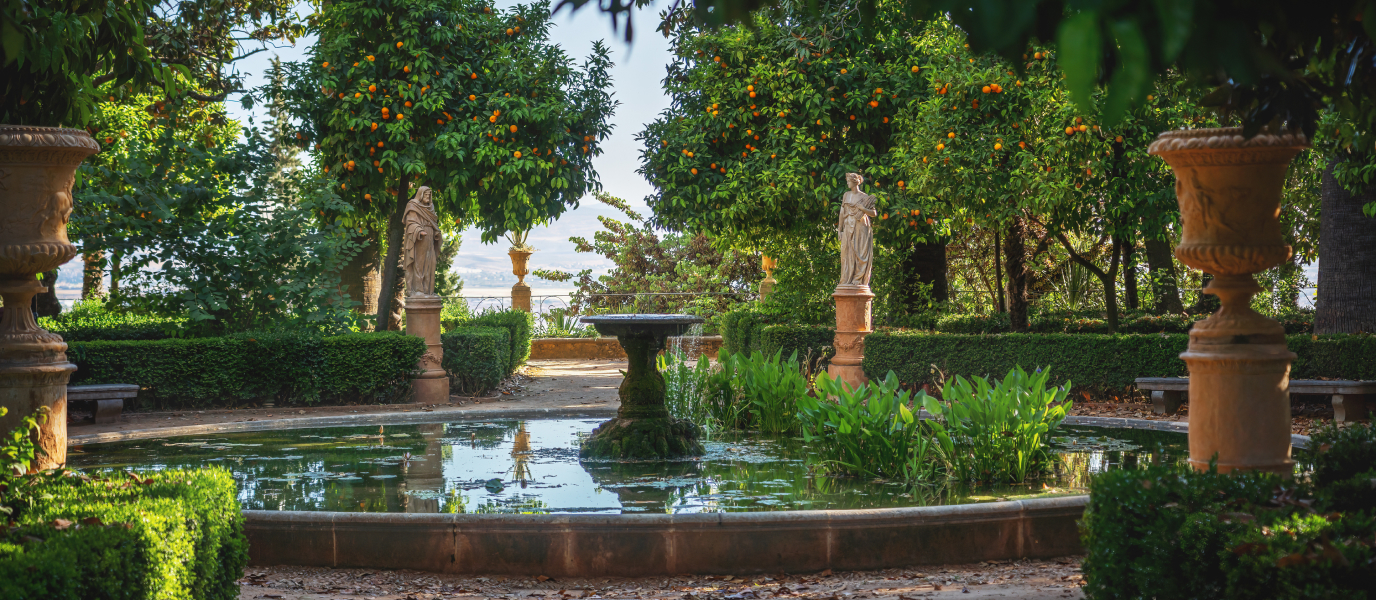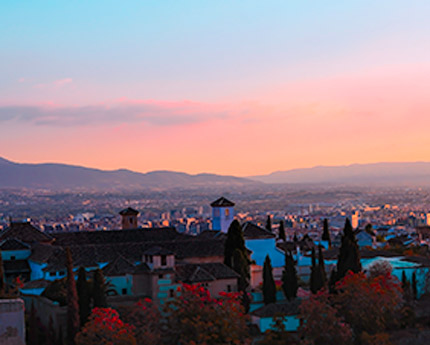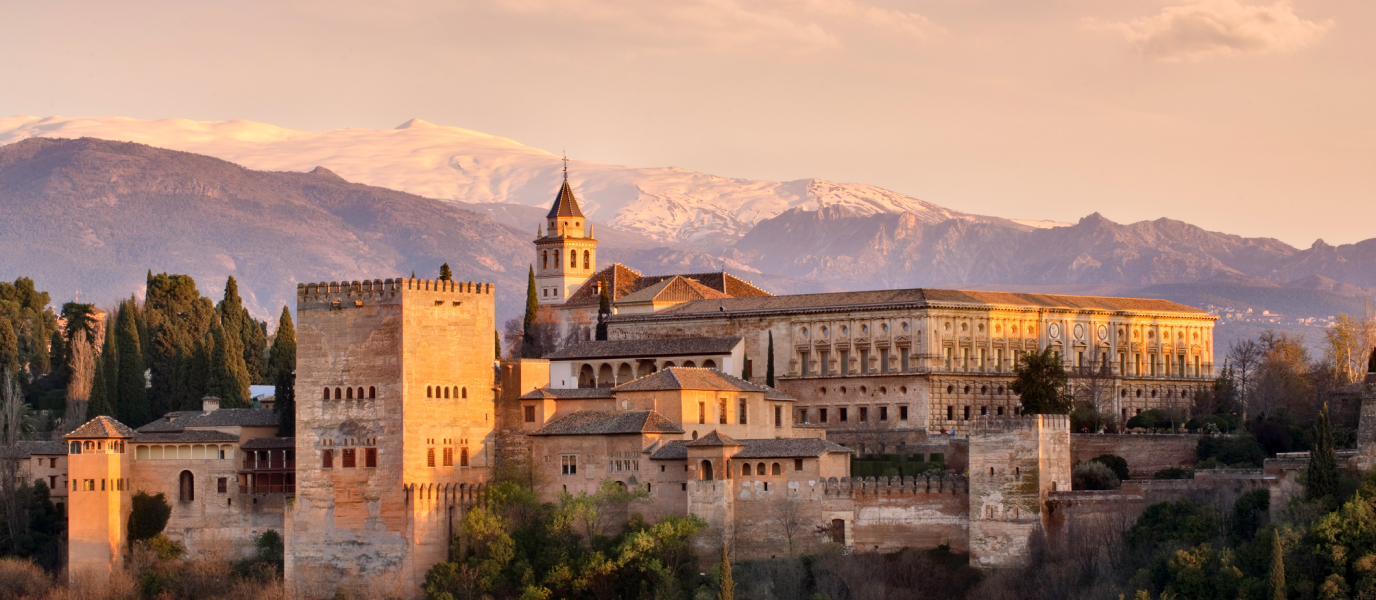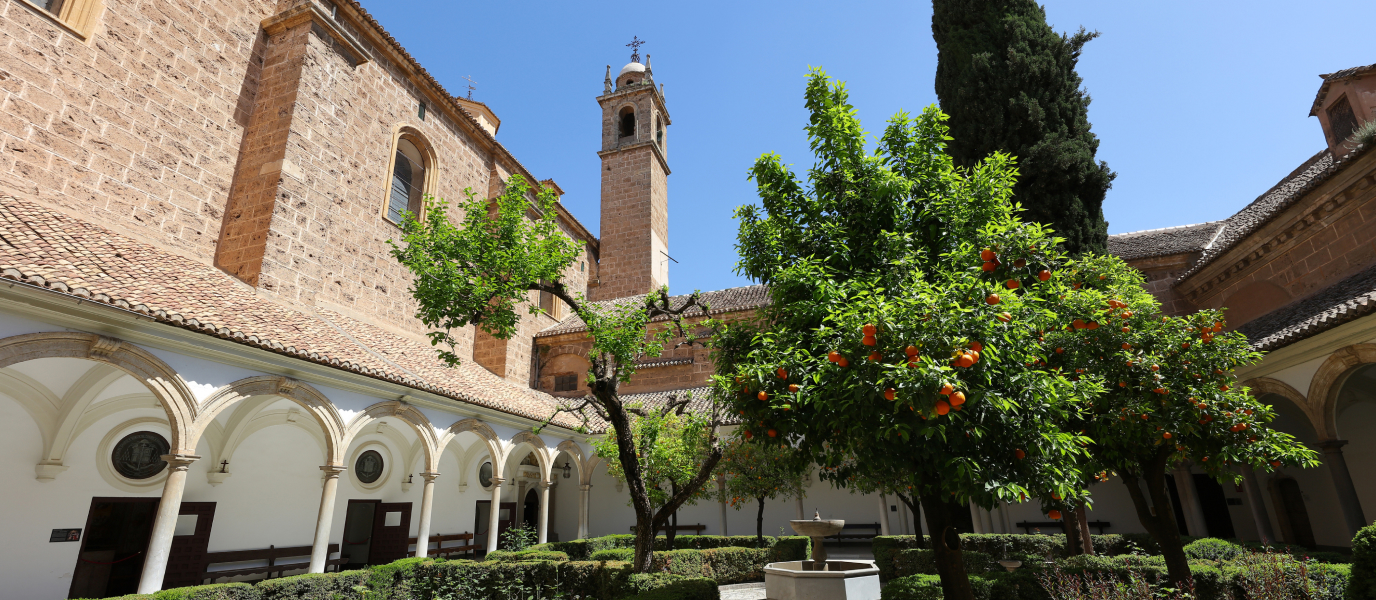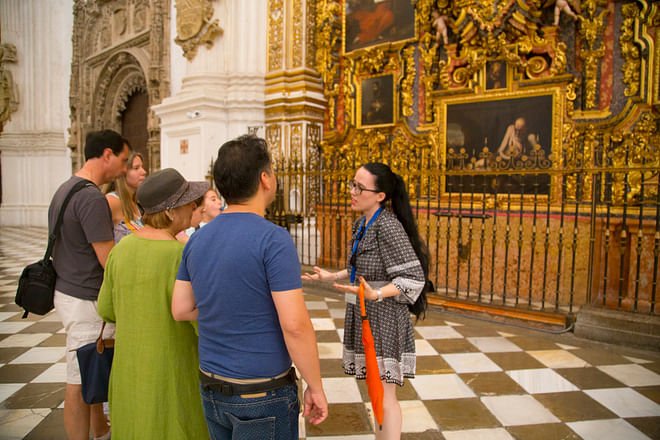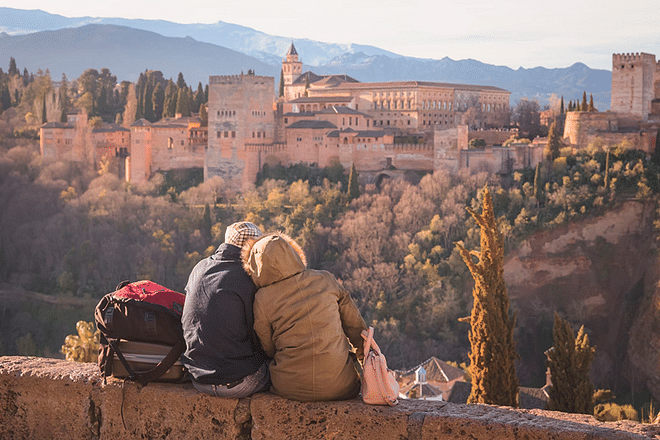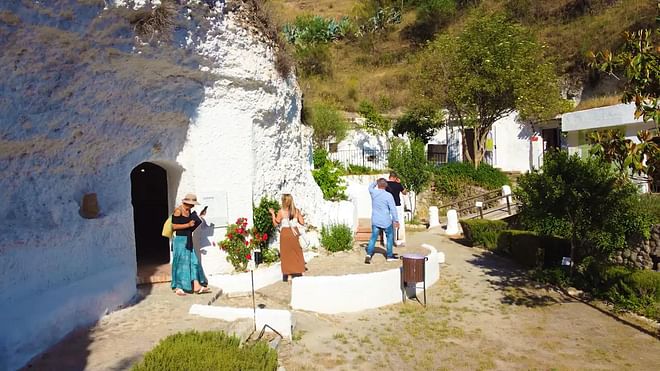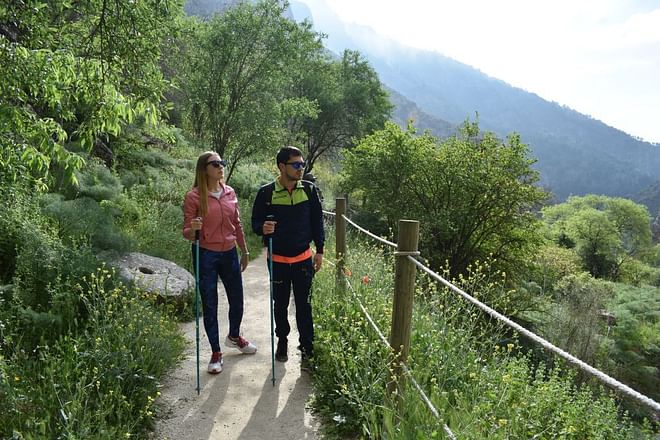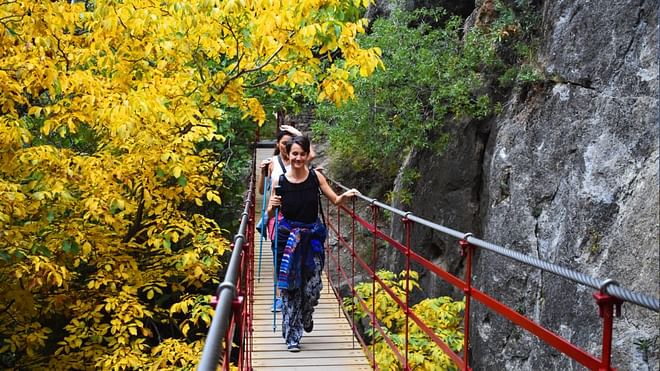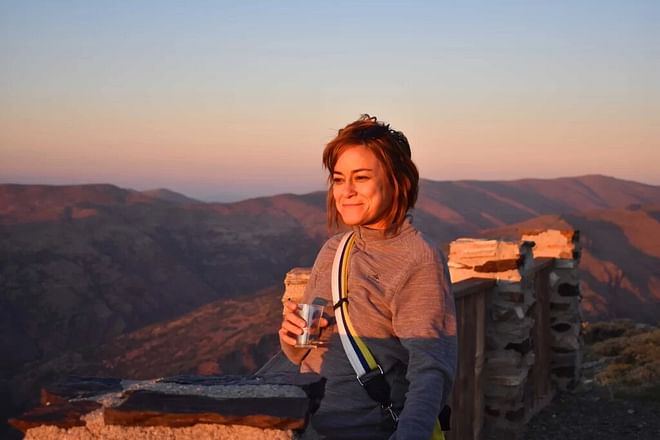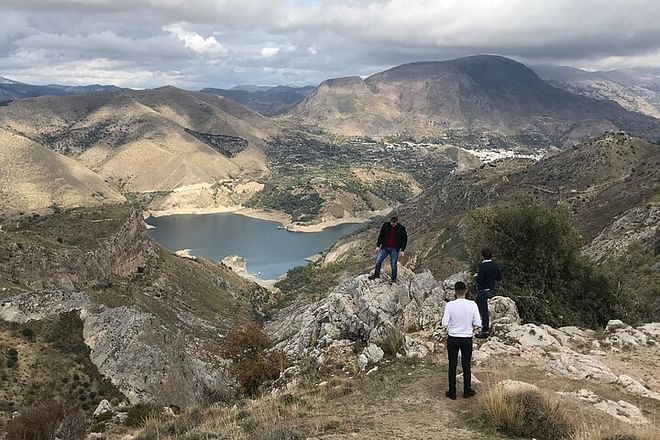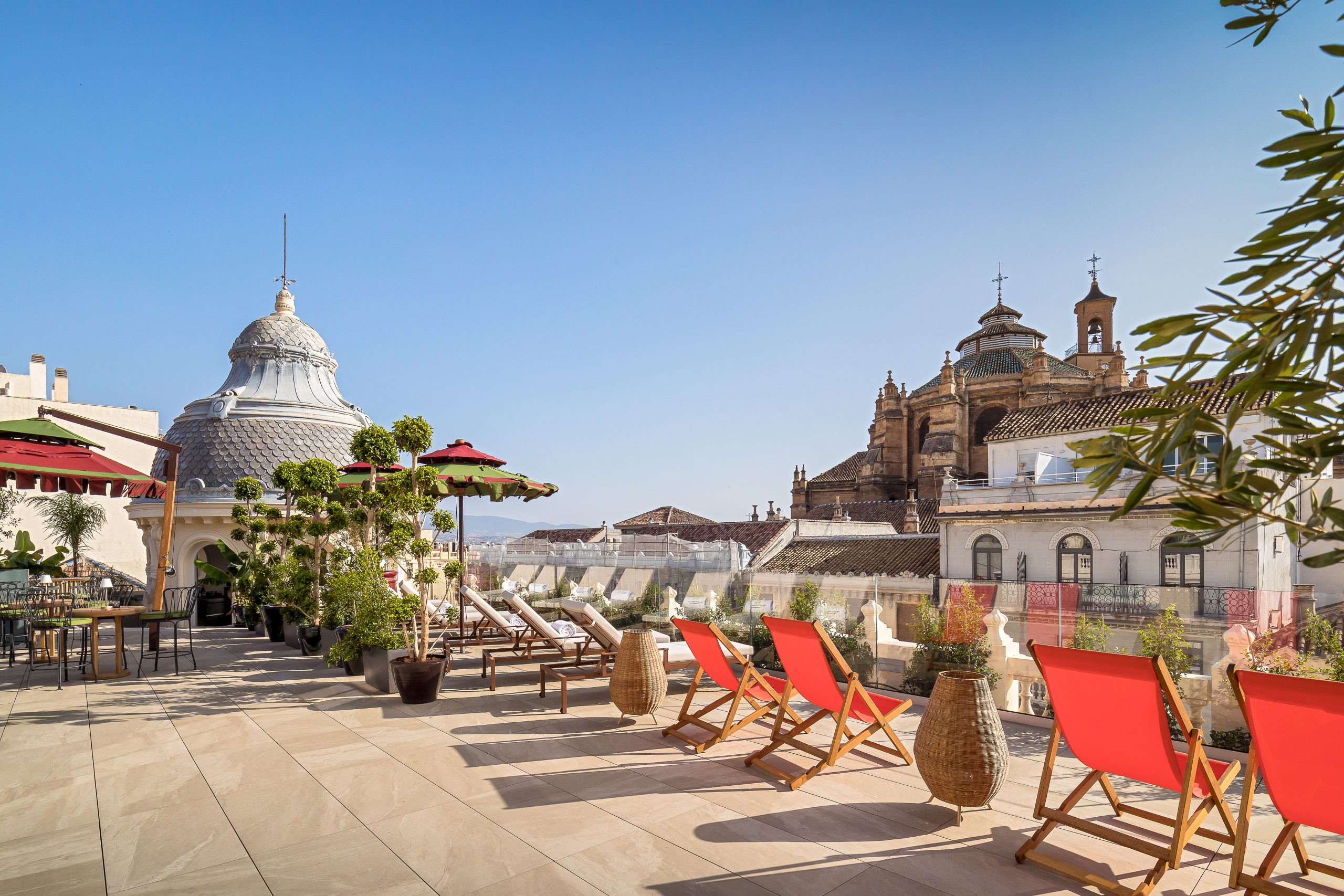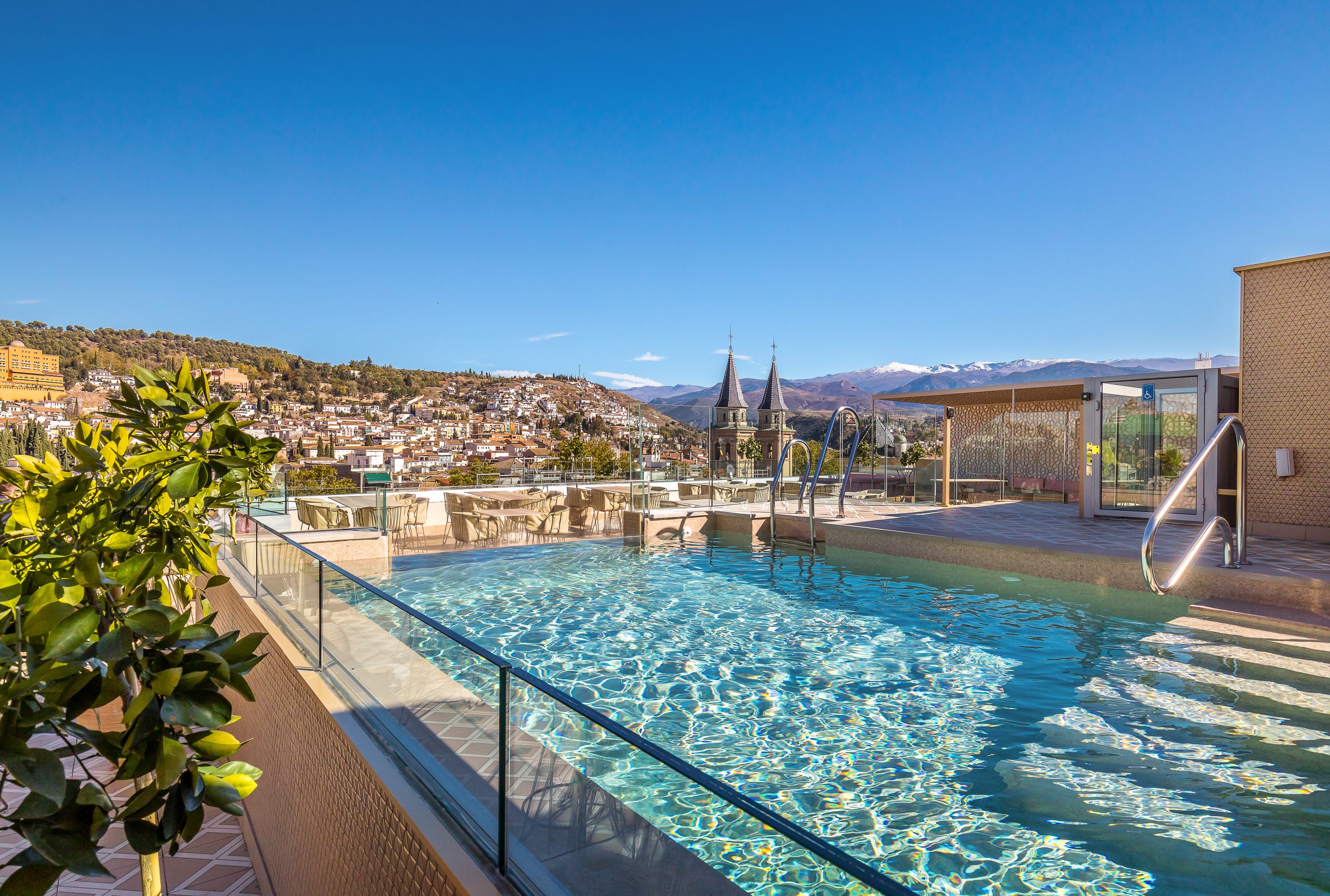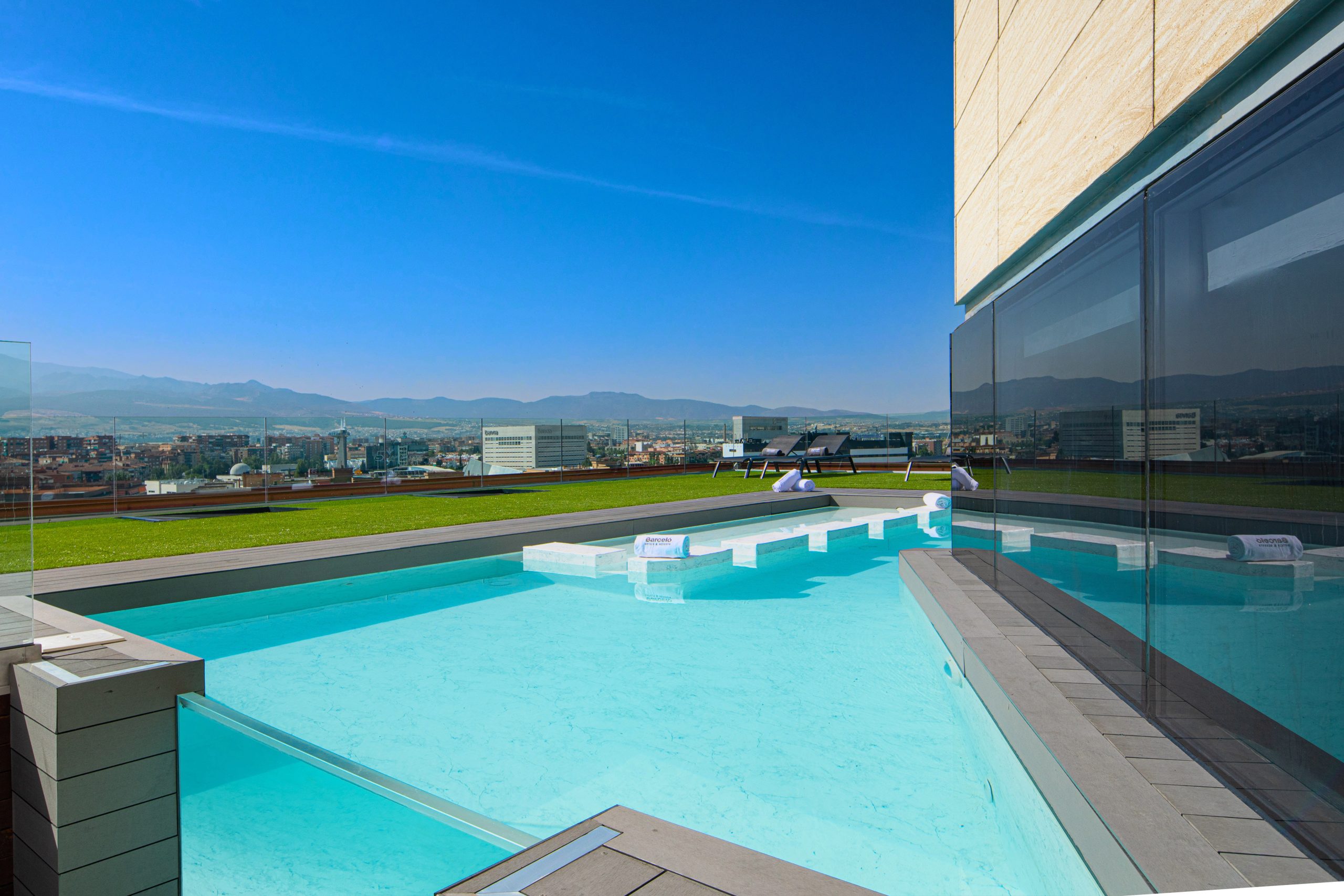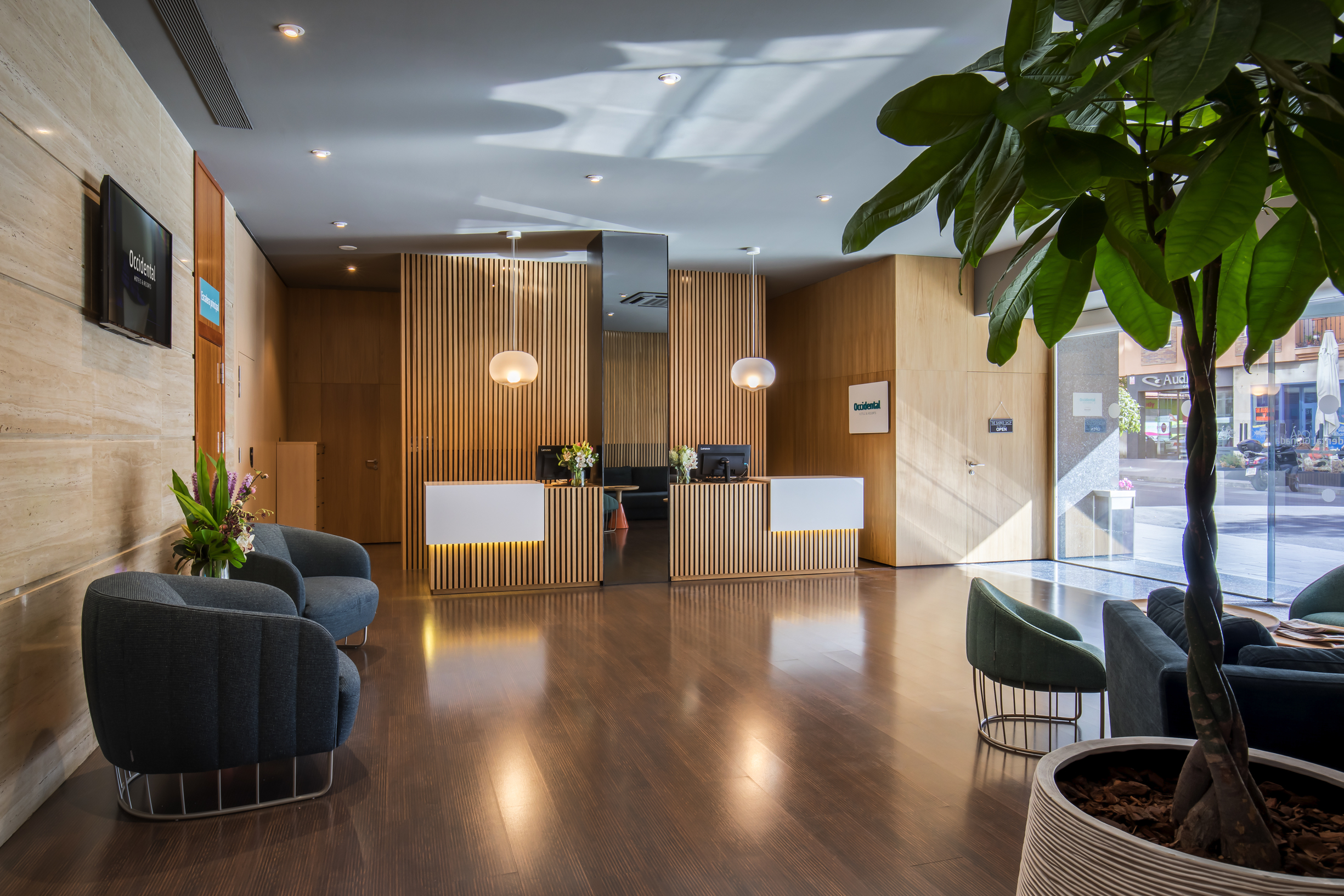Carmen de los Mártires (Carmen of the Martyrs), the largest garden in the city of Granada, stretches out over seven hectares along the southern slopes of Mauror Hill on a piece of land belonging to the Alhambra and that the Moors referred to as Campo de Ahabul. It was known by Christians as Corral de los Cautivos (Corral of Captives), and in 1494, the German traveller and humanist Hieronymus Münzer witnessed an area ‘filled with pits and dungeons’ where infidels were punished by the Moors. Boabdil set out from this spot to deliver the keys of Granada to Isabella I of Castile, who ordered the construction of a hermitage—the city’s first church—at the top of the hill, in honour of those Christian martyrs that included the Bishop of Jaén and a number of Franciscan monks. Although the hermitage no longer exists today, its history led to the name of Carmen de los Mártires, an enormous garden featuring an array of styles that evokes 19th century Romanticism through its lakes, sculptures and hedge mazes. It is no surprise that this is one of the most popular spots in the city for wedding celebrations.
The monastic orchard of San Juan de la Cruz
In 1573, that first hermitage was transformed into the Convento de los Carmelitas Descalzos (Discalced Carmelites Monastery), which had an orchard. The building was demolished in 1842 following the Ecclesiastical Confiscation of Mendizábal, but the orchard has been restored and is open to visitors. The reproduction remains true to the aromatic and medicinal plant species that could have been used by the Discalced Carmelites as part of their peaceful monastic life: thyme, rosemary, lavender, oregano, strawberries and more.
San Juan de la Cruz, the prior of the monastery between 1882 and 1888, walked through this garden many years ago. The mystical poet, who wrote most of his verses here, also planted trees, helped design the layout of the gardens and built, alongside his brother, an aqueduct that brought water from Generalife and can still be seen today. It is said that he would always read and write under the shade of the same tree, an odd cypress variety that is often confused with a cedar. The tree in question was brought from Mexico by Carmelite Missionaries and replanted by San Juan de la Cruz himself. Although it was struck by lightning 20 years ago, the old tree remains standing, with its branches reaching up towards the sky along the edge of the garden.
The island in the lake, the most romantic spot in Granada
After the monastery was demolished, the property was purchased by General Carlos Calderón in a public auction and he ordered the construction of the existing mansion. However, Carmen de los Mártires did not reach its maximum splendour until it was ultimately acquired by a wealthy Belgian named Hubert Merrsmans in 1891. He gave the gardens a mysterious, romantic air by including fountains, sculptures and hedge mazes. He also transformed the pond into a lake with black swans and an island in the middle where certain trees—hornbeams, strawberry trees, Bussaco cedars and the famous smoke tree—that were planted 150 years ago still remain today. Surrounded by bamboo reeds, palm trees and myrtles, the lake stands out for the evocative silhouette of a tower in ruins from which, upon climbing a spiral staircase, visitors can take in the stunning views of the garden and area around it.
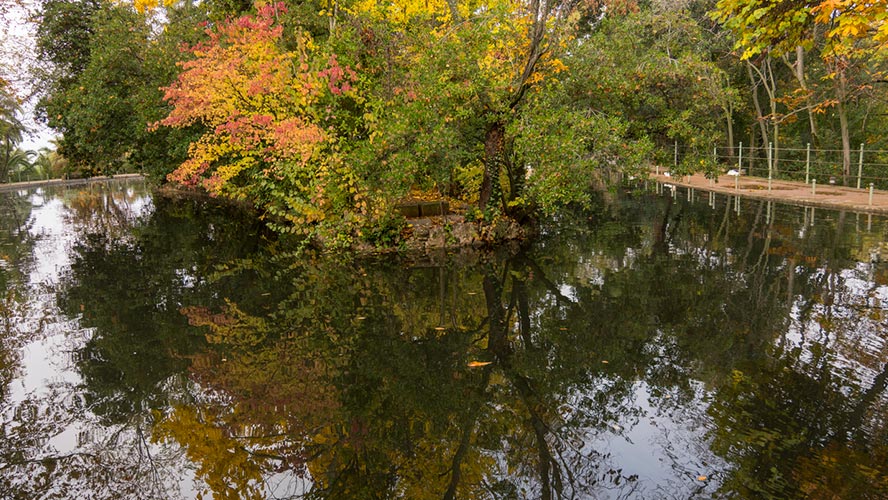
The French, Spanish and English gardens
Between 1858 and 1861, the Calderón family built the historic gardens in an array of styles around the mansion. The French garden, which surrounds a small, round area with a fountain honouring Neptune, is home to magnolia trees, palm trees, orange trees and shrubs in bloom. It differs from the original with its lower and more trimmed appearance. Of the Spanish garden located on the terrace near Manuel de Falla Auditorium, only a pond surrounded by rose bushes and lime trees remains today since the rest was destroyed in the 1960s. The original design was heavily inspired by Granada’s cármenes or traditional villas with gardens.
The English garden, formed by a grove of palm trees presided by a fountain honouring Philip II of Spain, can be found behind the mansion. Joaquín de Arteaga, Duke of Infantado, had it built after purchasing Carmen de los Mártires in 1930, thereby leaving his personal mark and using his passion for water to build cascades and fountains. ‘It pained me that Carmen de los Mártires bore no trace of Philip II of Spain, the monarch who supplied the Carmelites with enough water to transform a desert into an oasis, so I dedicated a great fountain to him, surrounded by the enchanted shadows of countless palm trees merged into a single mass’, he said in a letter to his daughter, the nun and writer Cristina de Arteaga.
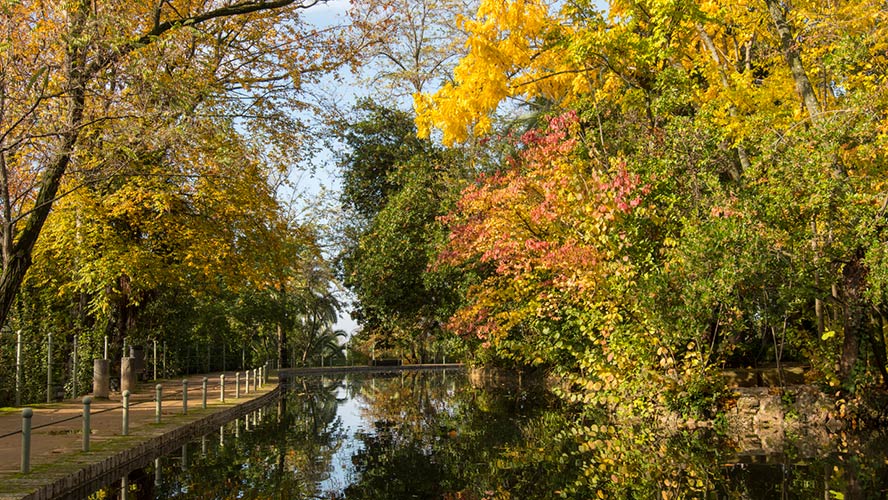
The neo-Nasrid courtyard
Inspired by the Water Channel Courtyard of the Generalife, the Duke of Infantado had this courtyard built in 1944 as a tribute to the gardens of the Nasrid dynasty, with jasmines peering out of the large windows and a rectangular pond in the middle. Although it has its own charm, it cannot be compared with the authentic and historic Moorish courtyards of the Alhambra and the Generalife.
Carmen de los Mártires was classified as a Cultural Heritage Site in 1943, and Cristina de Arteaga, the property’s last private owner, granted it to the Granada City Council in 1958. Despite this, it was abandoned in the 1970s when a project to build a hotel demolished most of the property. Thanks to protests by locals to have the work stopped, Carmen de los Mártires remains standing and continues to enchant millions of visitors with the magic and age-old beauty of its magnificent gardens.




































































